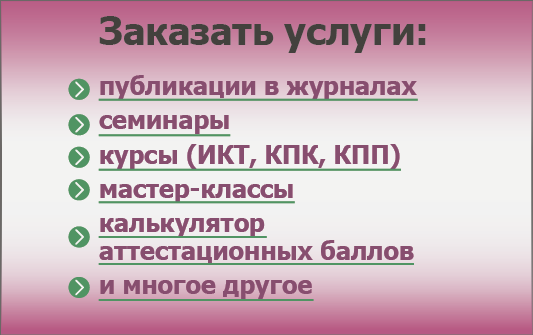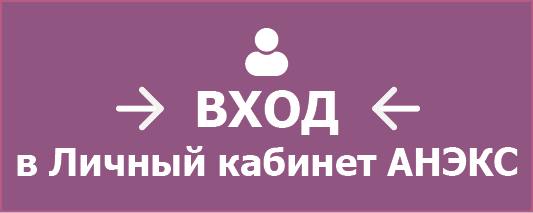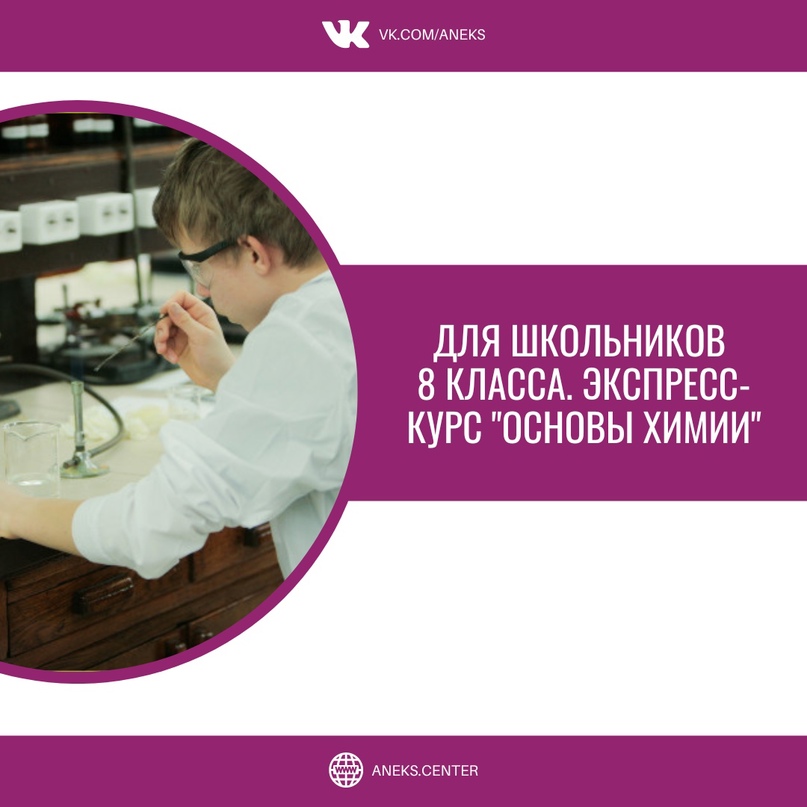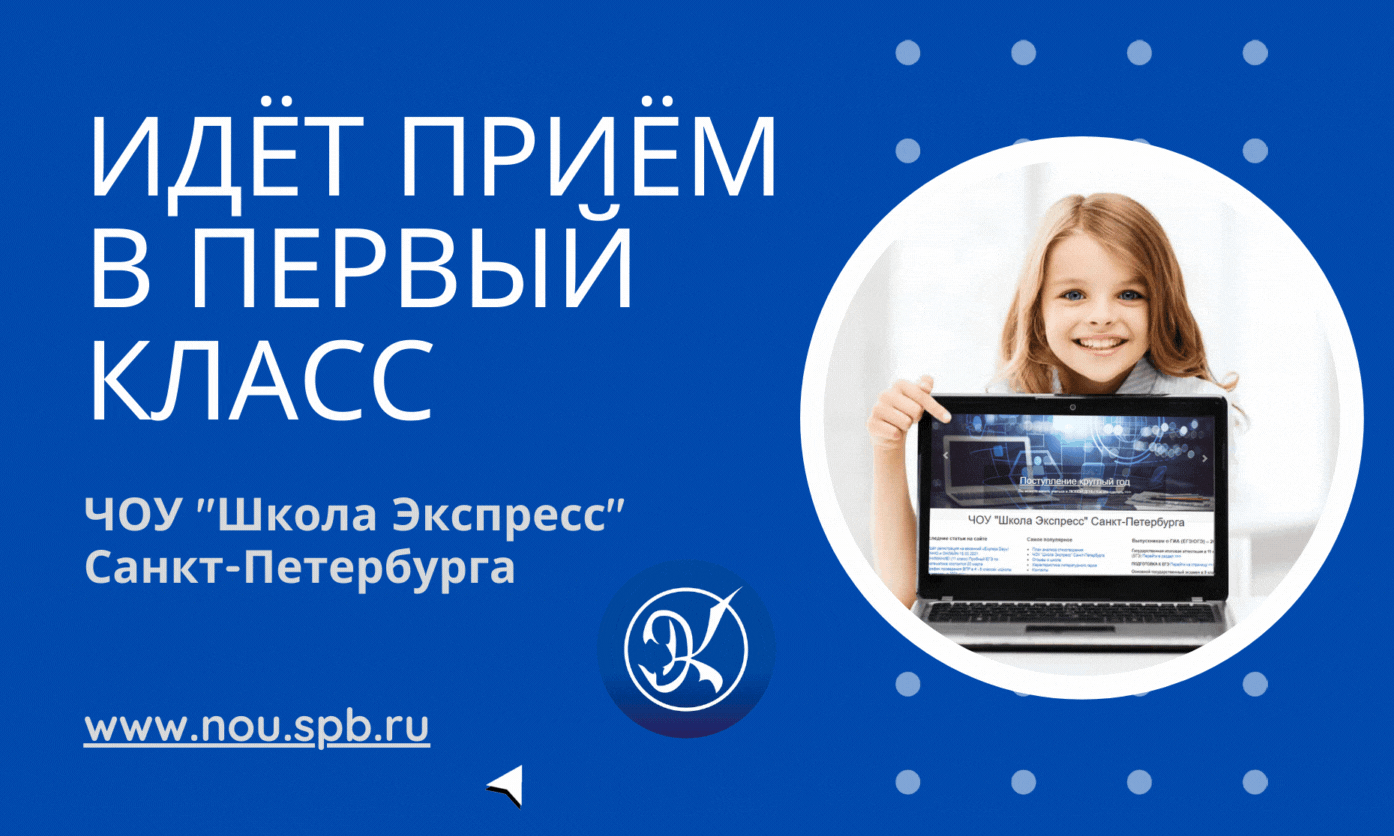Developing Reading Skills
Акманова Екатерина Владимировна,
учитель английского языка
ГБОУ гимназия №66 Санкт-Петербурга
Composing and comprehending: two sides of the same basic process. The National Assessment of Educational Progress reveals that eighty-five percent of all thirteen-years-olds can correctly complete a multiple choice check on comprehension, but only fifteen percent can write an acceptable sentence summarizing the paragraph read.
Such conditions, too frequent in most of today’s schools, stem inevitably from a failure to recognize that composing and comprehending are process-oriented thinking skills which are basically interrelated. Our failure to teach composing and comprehending as process impedes our efforts not only to teach children to read and write, but our efforts to teach them how to think.
Comprehending is critical because it requires the learner to reconstruct the structure and meaning of ideas expressed by another writer. To possess an idea that one is reading about requires competence in regenerating the idea, competence in learning how to write the ideas of another.
This aspect of the relationship between comprehending and composing explains Graves and Hansen report early success in their exploratory project encouraging first grade children to write about their reading ( and to verbalize about the process) (1982). The relationship and the absence of adequate interaction about ideas also explains why preschool children learn little from the 5,000 or more hours they spend watching television (Schramm 1977). Activity without language does not become experience. The work of Ann Brown and others with their studies of metacognition (1977, 1978, 1982), Duffy and Roehler’s explorations in reading (1981), and Perry Lanier’s work in mathematics at the Institute for Research on Teaching, Michigan State University (1982), are demonstrating how thinking about the process of comprehending, that is, consciously considering the reconstructions that one composes, can enhance the basic process itself.
The skills required to read science must acquired through reading science. The skills required in writing science can be learned only by writing science. Basic reading and writing instruction can provide children with a rudimentary vocabulary and certain basic skills of literacy, but application to higher levels of processing requires specialized uses. We have long since learned that unless children are taught to apply basic comprehension skills to a variety of subject mutters – and experience guided practice in applying the skills – they will not easily transfer their skills. Instances of ability, say, to apply academic reading skills to life situations have been widely reported. See, for example, the Adults Functional Literacy Project (Murphy 1973).
One reason, of course, is that the skills have unique and particular relevance to every discipline. Reading for sequence in a short story, for example, is very different from reading for historical sequence, or reading for sequence in a process article. Direct attention to skill applications in reading (and writing, too) appears to be mandatory and is one reason why content area selections must be introduced in basic reading programs. Restricted only to reading poems, plays, and stories, children can too easily find their competence restricted to literary activity as well.
In the elementary schools, many lessons designed to develop children’s reading skills have their origins in basal-reader materials. In addition, some lessons have their beginnings in firsthand experiences. Working from a common experience, children dictate sentences that the teacher records; later they read what they have composed.
The almost exclusive reliance on basal readers and experience charts for teaching reading skills has an unfortunate outcome. Because stories and poems predominate in basal reading books and because expository pieces, when included in these texts, often lack the main and subheads that characterize conceptual and relational content, young readers have little opportunity to develop an understanding of how expository prose is structured. Expressed in more technical terms, they have little opportunity to refine the schemata they hold in their minds as to how, conceptual and relational content is organized on paper and thus to build the skills necessary to comprehend lengthy or complex passages.
Even when children draft story charts together and they use these to build reading skills, the content young writers compose is typically stories, poems, and paragraph that describe personal experiences. This is equally true when elementary youngsters write independently; stress is on drafting stories, poems, and descriptions of firsthand experiences. Only infrequently do children compose on relational topics from science and social studies. As a result, students have little opportunity to develop their ability to organize expository content on paper. Yet this learning basic, for it relates to reading as well as to writing. In learning to organize informational content for writing, students gain insight into how authors handle complex ideas on paper; in so doing, they are refining their schemata for comprehending this kind of content.
This lack of attention to building schemata for interpreting and composing informational content seems to occur even though study in science and social studies is part of elementary programs and children read from content area texts as early as first grade. An analysis of teacher’s guides to science and social studies text hints at the reason for this lack. Few series suggest ways to encourage young learners to perceive the structure within which ideas are organized in a chapter, to gather data systematically based on their comprehension of that structure, and to organize points gleaned into an original structure for writing.
A basic strategy for introducing students to the structures through which informational content is expressed in written form is factstorming. Factstorming is the process in which students randomly call out phrases that come mind on a topic while scribes record these on chart paper or the chalkboard in the order given. To be productive, of course, factstorming must be based on a data-gathering activity. For example, students may view a film or filmstrip or listen to an informational passage shared orally by their teacher. They may read in several references on the topic. or they may collect data through a combination of approaches that are part of unit study. In any event, students must have informational background to bring to the factstroming.
The next category in the instructional sequence is categorization, or the systematic organization of facts “stromed”. This can be achieved in several ways, depending on the sophistication and previous experience of students with the process. One way is for the teacher to select an item of information laid out on the board and ask students to locate a second item that is in some way like first. Students tell how the two items are related, circle them. and locate other items that share the same relationship, circling them in the same manner. Having developed one cohesive category of facts in this way, students proceed to organize the remaining facts into other categories according to shared relationships, indicating related items by circling them with different colored markers.
Dittoed lists of terms and points “stromed” are helpful when students have had little experience categorizing. Youngsters factstorm one day, perhaps listening on a chart points recalled from an informational film viewed or from a series of paragraphs read. These points are reproduced on a ditto, so that each youngsters the next day has a copy and can circle related points on it with different colored crayond.
Once students grouped related points into labeled categories, they can take the next step - drafting shorts paragraphs based on each of the categories. Again there are several ways of proceeding. With youngsters who have had little experience drafting informational paragraphs based on one main idea, a good introductory strategy is teacher-guided group writing. Guiding either the total class or a small writing team, the teacher focuses attention on one category on information previously charted and encourages children to compose sentences on this topic. The teacher or a student scribe records sentences suggested and then guides the students is revising what they have drafted. The teacher may also ask students for a general statement to use as a summary at the beginning or the end of the paragraphs – a topic sentence, so to speak. He or she may ask students to reorder the sentences drafted so that they flow more logically, to combine two sentences into one, to substitute a more expressive word for one used, to write another sentence that supplied added information. In short, children and teacher together mark over, cross out, insert, reorder, and finally title their paragraph.
Now in small writing teams, students work in the same way with other categories of information they have charted. If each group drafts a paragraph on a different subtopic, the result is several titled paragraphs, each on a main idea that relates to a broader area.
With sophisticated students who have had considerable experience composing informational paragraphs based on categorized lists or data charts, of course the teacher can offer the option of individual writing. Each youngsters composes a titled paragraph on one category information. Later those who have drafted paragraphs on the same category can pair off to talk about how they organized the given points into paragraphs and to help with the editing of each other’s papers.
Having drafted and edited paragraphs, students can share them by recording copies on a chart or the chalkboard. Now the task is to decide on the order in which the individual paragraphs can be combined into a composite report. Students reach a consensus by talking about possible orders and the advantages and disadvantages of each.
After students have sequenced their collaborative report, they can talk out the content of an introductory paragraph, cooperatively frame a beginning sentence, and dictate several supporting sentences that can be part of the introduction to their report. Again, this work can be handled as a teacher-guided group writing activity; the teacher asks questions that encourage students to think of a good beginning sentence and to identify key content that is to follow in the body of the report. In the same way students can formulate either a summary paragraph or one that proposes generalizations based on the content included in the report.
Conclusion:
1. The ability to read silently and rapidly is the ultimate aim.
2. Oral reading is a specific and useful skill but not a major objective; therefore it is not essential for every pupil to acquire proficiency in it.
3. Oral reading is a useful means in the early stages to train the pupils in the technique of rapid reading.
4. Oral reading is useful throughout the course for the purpose of intensive reading in which attention is drawn to vocabulary, idioms and grammatical forms.
5. Oral reading is an auxiliary speech exercise.
6. It is the reading aloud of the text and not the oral reading practice of the pupils that is most important.
7. Silent reading is a valuable form of collective activity and ought to be practiced in class. The class should be called upon (beyond the initial stages) to read a section rapidly and then answer questions on the contents. This method forced the slow readers to accelerate their reading pace.
Progressive stages. As reading is a skill for which the pupil must be trained, it is advisable to proceed in series of progressive stages with each serving as preparation for the next. The ultimate aim is free reading by pupil unaided by the teacher but with the occasional aid of the dictionary. The end, however, need not also be the means; the early stages may have objectives of their own differing from that of the ultimate aim.
Literature:
1) “Develop Your Reading Skills: Comprehention and Translation Practice",О.В. Сиполс, 2011
2) “Develop Your Reading Skills” by Deanne K.Milan, 2nd edition, 1987.










